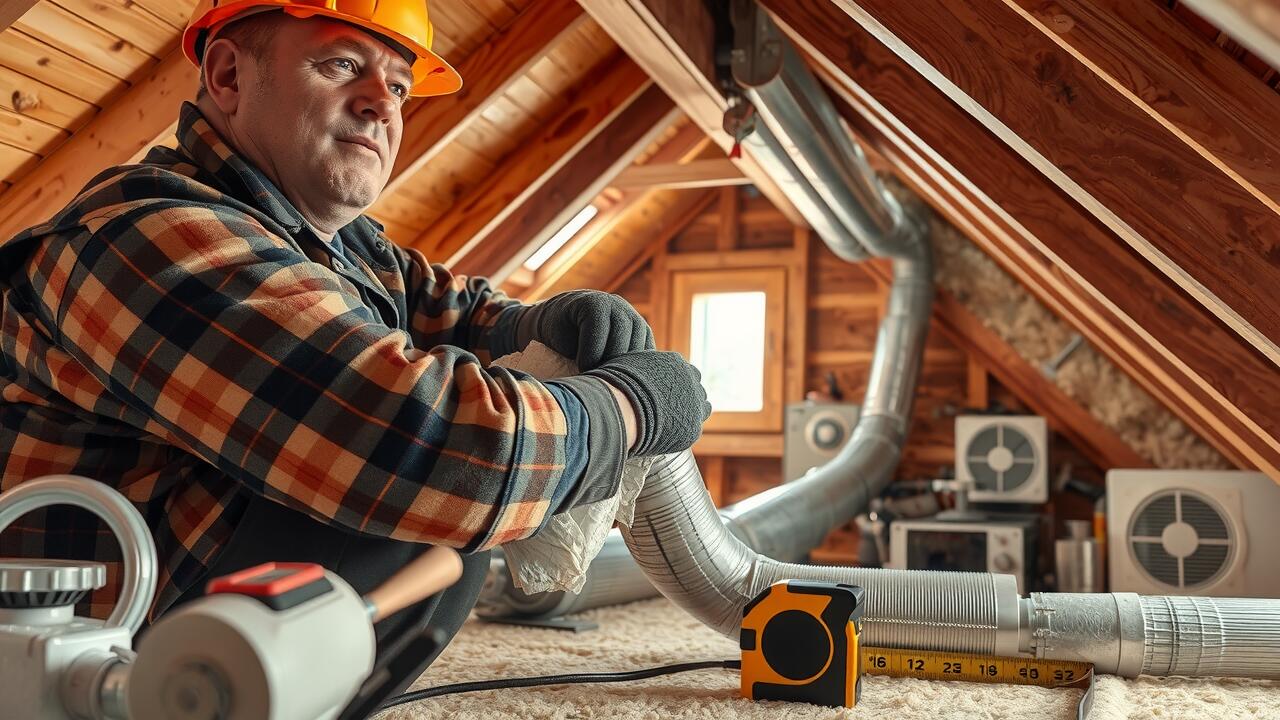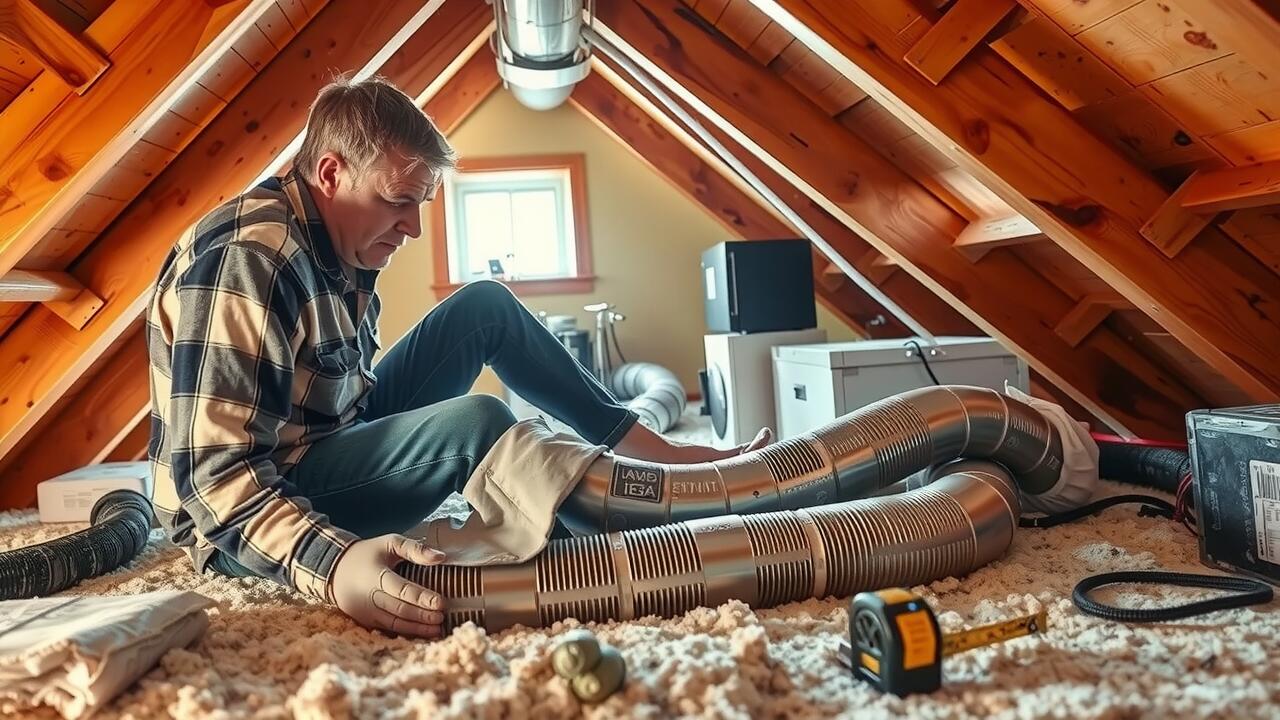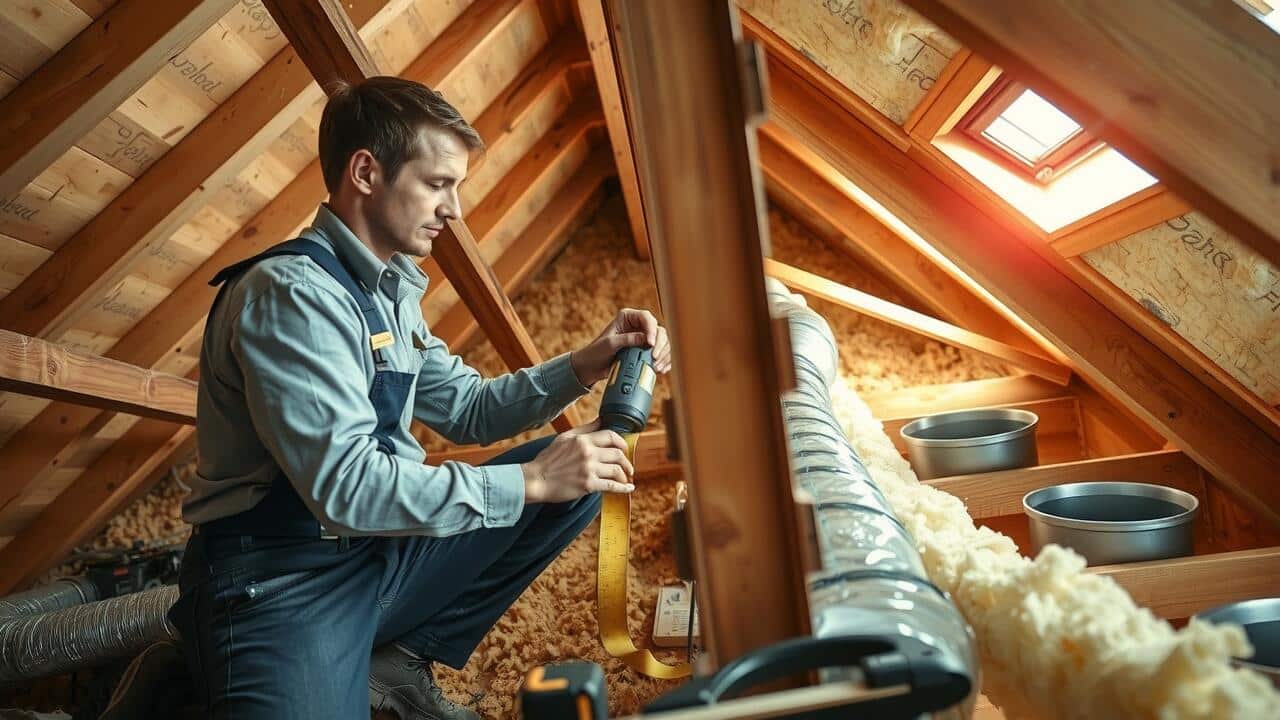
Table Of Contents
Challenges in Implementing the Duct 2 Foot Rule
Implementing the Duct 2 Foot Rule often presents several challenges, particularly in residential or commercial spaces where layouts are not easily adaptable. Many buildings feature tight spaces filled with structural elements or existing HVAC systems that can complicate the installation process. Technicians may face difficulty in maintaining the required two-foot distance, which can lead to non-compliance and potential energy efficiency losses.
Finding solutions to these challenges frequently requires creativity and resourcefulness. For instance, leveraging flexible ducting and strategic routing can provide alternatives to meet the Duct 2 Foot Rule requirements. Additionally, local resources such as “Air Duct Insulation near me” may offer consultations or products designed to assist in achieving compliance while enhancing the overall efficiency of an HVAC system.
Space Constraints and Solutions
Space constraints can significantly impact the implementation of the duct 2 foot rule. In many buildings, especially older structures, the available space for ductwork can be limited. This makes it challenging to maintain the appropriate distances between ducts and other components according to established guidelines. Designers and contractors often find themselves need to get creative with routing and placement, ensuring optimal airflow while complying with regulations.
To address these challenges, various solutions can be employed. Custom ductwork can be fabricated to fit specific dimensions, allowing for better adherence to the duct 2 foot rule. Additionally, utilizing advanced technology such as 3D modeling can help visualize the installation process. For those looking for local assistance, a search for “Air Duct Insulation near me” can yield professionals who specialize in maximizing space while following necessary protocols.
Differences Between the Duct 2 Foot Rule and Other Rules
The Duct 2 Foot Rule stands out among various installation guidelines, primarily due to its emphasis on maintaining an optimal gap of two feet between ducting and combustible materials. This rule is designed to enhance safety and efficiency, particularly in residential and commercial settings. Other rules may allow for closer placements or different measurements, potentially compromising insulation effectiveness or increasing fire hazards. Understanding these distinctions is crucial for any contractor or homeowner looking to optimize air quality and manage heating and cooling costs effectively.
When comparing the Duct 2 Foot Rule to similar guidelines, one commonly cited alternative is the “Corner Rule,” which pertains to the placement of ducts in relation to walls and corners. While the Corner Rule focuses on airflow efficiency, the Duct 2 Foot Rule prioritizes safety, requiring careful consideration of insulation types and clearances. Homeowners may benefit from consulting local resources or searching for “Air Duct Insulation near me” to find professionals who understand these nuances and can ensure compliance with relevant safety standards.
Comparisons with Similar Guidelines
The Duct 2 Foot Rule is distinct from other guidelines that focus on ventilation and air circulation. For example, the Building and Energy Efficiency Standards often emphasize overall energy management rather than spacing specifics. These standards aim to ensure a balance between heating, cooling, and efficiency, whereas the Duct 2 Foot Rule specifically addresses the physical separation required for optimal airflow and insulation effectiveness. This fundamental difference helps contractors and engineers determine the best practices for installation in various environments.
In contrast to the Duct 2 Foot Rule, local building codes may have varying regulations when it comes to duct installation. Many of these codes prioritize safety and efficiency but do not provide the same clear spacing guidelines. For individuals searching for “Air Duct Insulation near me,” understanding these differences can help in selecting the right contractor who adheres to local codes and best practices. Recognizing these distinctions not only aids in compliance but also impacts the overall performance of heating and cooling systems in residential and commercial settings.
Tools and Equipment for Duct Installation
When it comes to duct installation, the right tools and equipment play a vital role in ensuring compliance with standards such as the duct 2 foot rule. Essential tools typically include duct fabrication tools, insulation cutting equipment, and proper measuring devices. Each of these tools contributes to the efficiency and effectiveness of the duct installation process. For those sourcing materials locally, phrases like “Air Duct Insulation near me” can help in locating reliable suppliers that offer quality insulation products.
In addition to standard tools, specialized equipment may be necessary for specific installation scenarios. For example, duct sealing tools can help preserve airflow and enhance system efficiency. Using the correct tools not only simplifies the installation process but also mitigates potential issues that could arise from improper fittings or insulation. Homeowners and contractors alike benefit from researching the best equipment options tailored to their specific needs.
Essential Tools for Compliance
To ensure compliance with the duct 2 foot rule, several essential tools are necessary for professionals in the HVAC field. Measurement tools like laser distance meters and tape measures are critical for accurately determining clearances and spacing, particularly in tight installations. Additionally, duct framing tools such as notchers and crimpers assist in constructing and securing ductwork efficiently. Having a high-quality insulation cutter also speeds up the process of accurately fitting insulation around ducts, which is crucial for maintaining energy efficiency.
Finding local resources is also important for obtaining the right materials. Searching for “Air Duct Insulation near me” will help professionals quickly locate suppliers that provide the insulation materials needed for compliance with the rule. Proper tools combined with readily available resources streamline the installation process and ensure that all guidelines are met effectively.
FAQS
What is the duct 2 foot rule?
The duct 2 foot rule is a guideline in HVAC installation that specifies that ductwork should be installed at least two feet away from other obstructions to ensure proper airflow and accessibility for maintenance.
Why is the duct 2 foot rule important?
This rule is important because it helps prevent airflow restrictions, reduces the risk of overheating, and ensures easier access for repairs and inspections, ultimately contributing to the efficiency of the HVAC system.
What challenges may arise when implementing the duct 2 foot rule?
Challenges can include space constraints in tight areas, existing structural elements, and the need to balance the rule with other installation requirements. Solutions often involve creative duct routing and the use of flexible ductwork.
How does the duct 2 foot rule compare to other installation guidelines?
The duct 2 foot rule is specific to the spacing of ductwork and differs from other guidelines that may focus on aspects such as insulation, sealing, or duct sizing. Understanding these differences is crucial for effective installation.
What are the essential tools needed for compliance with the duct 2 foot rule?
Essential tools include measuring tapes, duct knives, levelers, and possibly ductwork supports or hangers to ensure that the installation meets the spacing requirements outlined in the rule.


